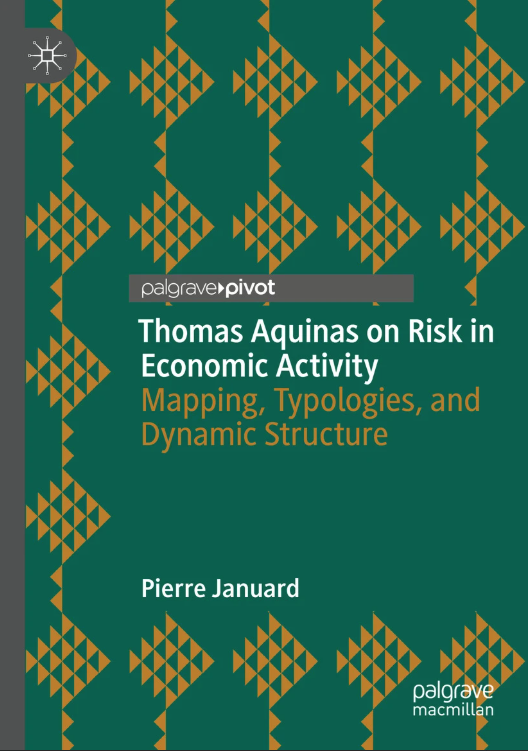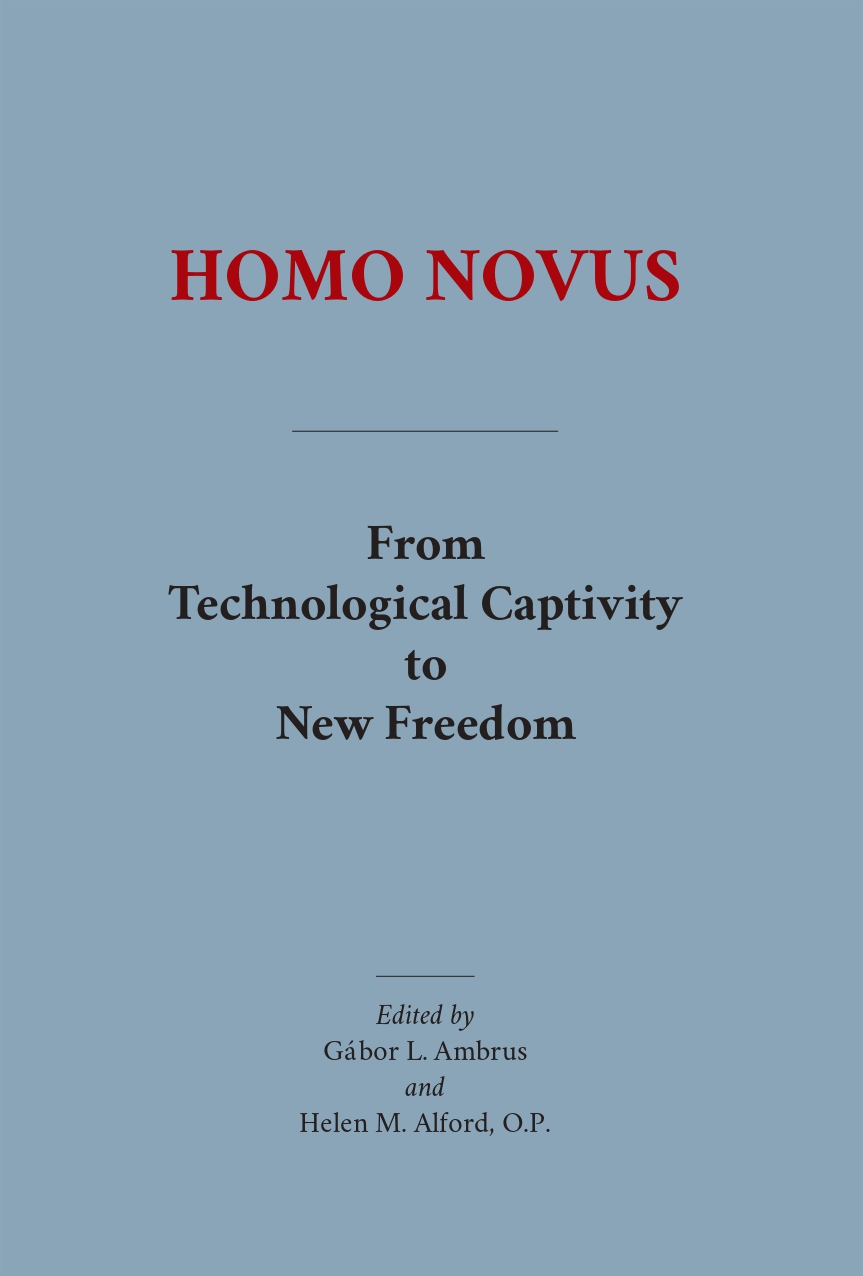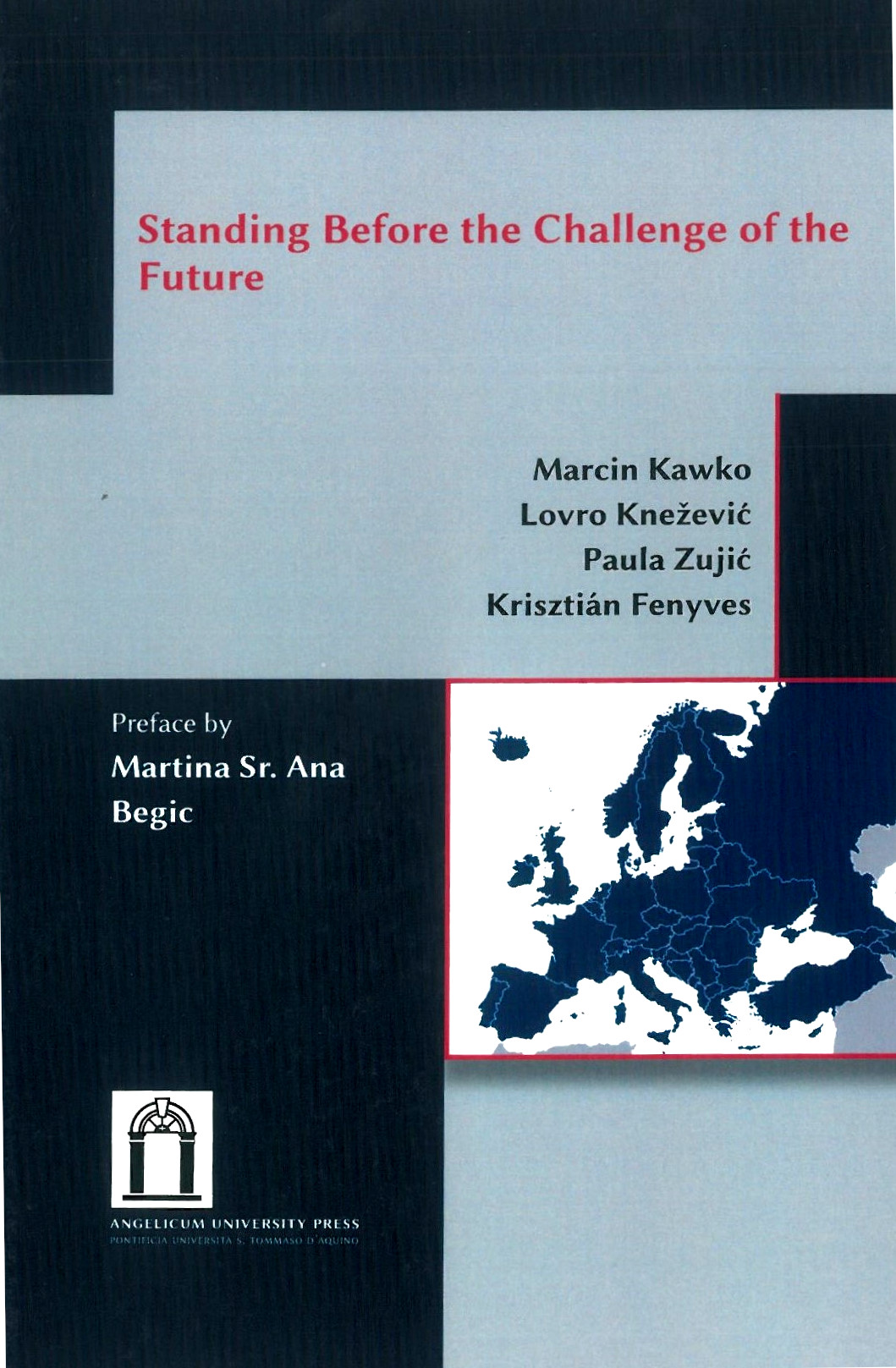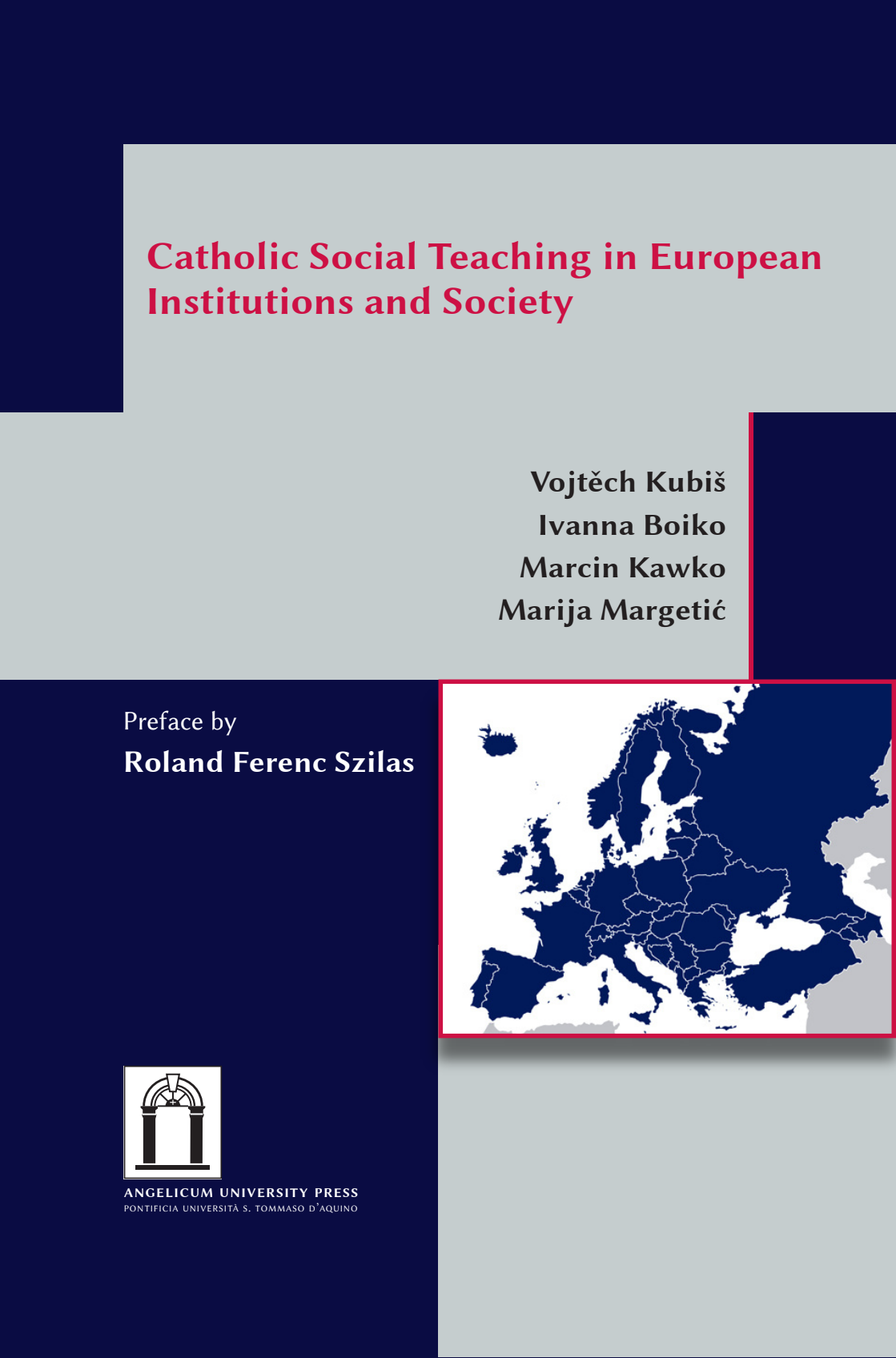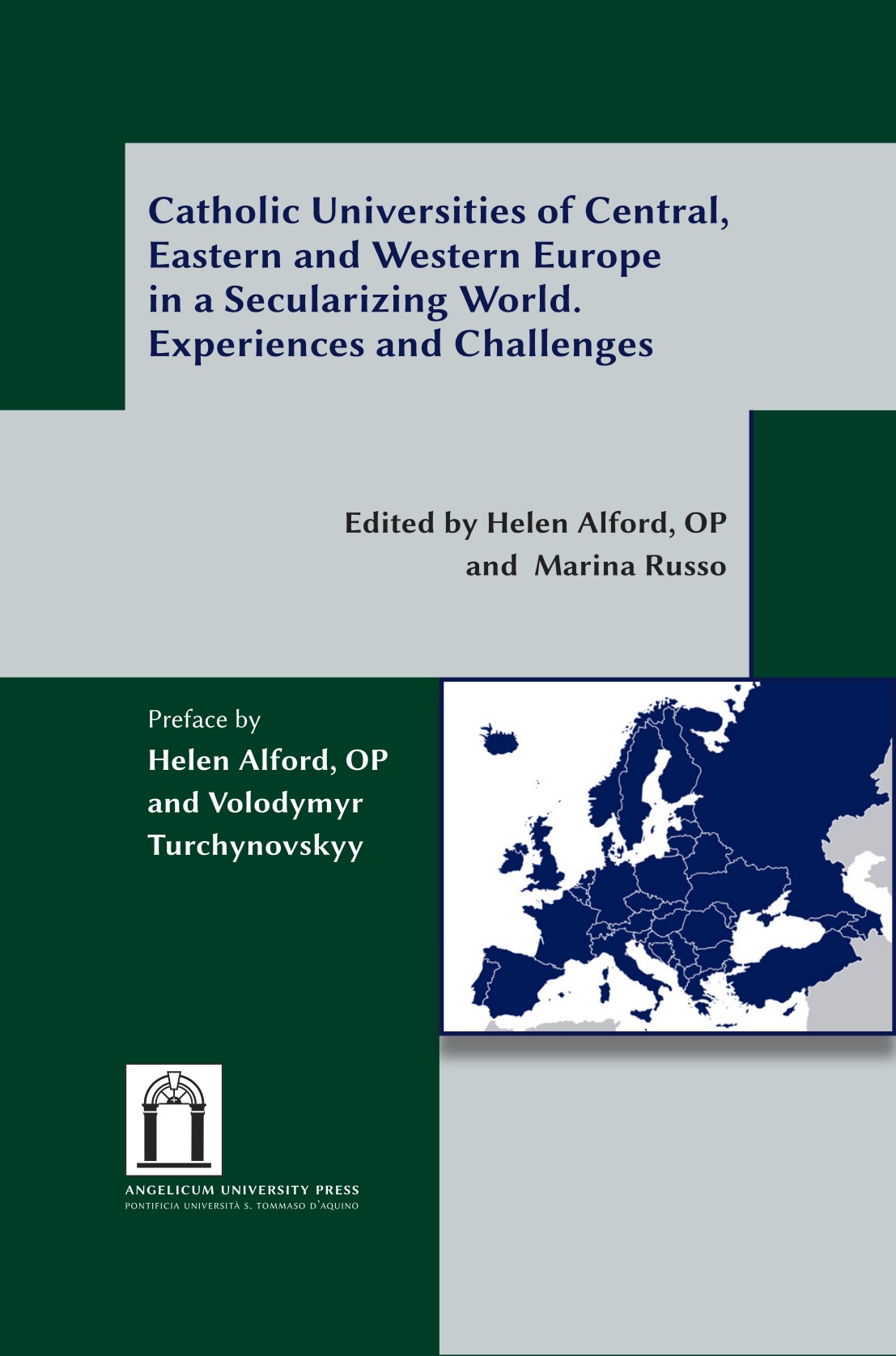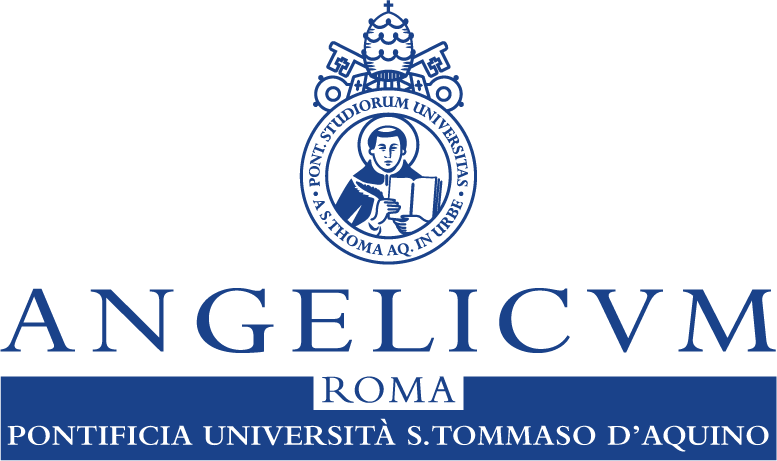Linking Sustainable Development Goals and Catholic Social Thought, a difficult but salutary challenge
Pierre Januard
The attempt to articulate the Sustainable Development Goals (SDGs) and Catholic Social Thought (CST), as Albino Barrera has done (see his article in this volume), is a salutary undertaking. The innovative and significant nature of his contribution deserves to be hailed. For CST is not intended as an ethical framework for Catholics pursuing their lives in separation from the rest of humanity, but as a contribution to the common reflection that the Church offers to all. It is important to bring together and combine the two great universal approaches, namely the one coming from international organisations and the one stemming from the tradition of the Church. In order to contribute to this open encounter, which Albino Barrera’s analysis inaugurates in a masterly manner, I will begin by examining the order of charity put forward by CST to see how it can be articulated with the notion of justice. I will then take up the need for metrics, which is one of the major issues both for CST and for the implementation of the SDGs. Finally, I will discuss the hierarchy or prioritisation of the SDGs, highlighting both the need for it and the difficulty of doing so, since CST highlights the interweaving of social and ecological development, whereas the SDGs tend to dissociate them.
1. CST articulating justice and charity
Reading economic and social development from the perspective of charity has the advantage of setting the highest objectives. Thomas Aquinas reminds us that charity is the most excellent of the virtues (Summa theologiae, IIa IIae, q. 23, a. 6) and it is especially in charity that the perfection of all Christian life lies (IIa IIae, q. 184, a. 2).
However, two difficulties arise. The first is internal to the theology underlying CST. Economic activity is addressed by Thomas Aquinas within the framework of the virtue of justice (e.g. Summa theologiae, IIa IIae, q. 77‒78). Depending on the operation, this may be commutative justice, which ensures equality in exchange, or distributive justice, which ensures that each person receives according to his or her merits. While in the medieval sense merit was determined by social status, it can now be understood in terms of human dignity. Thus, the SDGs, in the sense that they are determined by the international community and implemented primarily by public policies or those emanating from organised bodies, are undoubtedly part of distributive justice. However, they should make it possible to establish economic activities that are more faithful to commutative justice in all exchanges. Economic and social relations are regulated according to justice.
However, charity not only brings the perfection of the Christian life to those who practise it, but is also a spiritual impetus that marks the activities and relationships in which they are involved.
The second difficulty is external. International organisations and states are constituted according to the rule of law, and therefore of justice. Moreover, economic and social relations are governed by positive law. So, for example, we talk about the rightful place of each person in terms of human rights. To enter into dialogue with these institutions in implementing the SDGs, it is necessary to speak the common language of justice. Charity, however, when not seen as a parallel order but as an order that takes on the demands of justice, can bring an element of gratuitousness and generosity that is not contrary to it, but conversely manifests what is best in human beings and which, in faith, comes from God. The gratuitousness and generosity, of the order of the gift, which belongs to charity will thus find an echo in the goodwill that animates so many NGO volunteers who, at their own level, work towards achieving the SDGs. If charity, by its divine source, is not to be confused with human solidarity, the language of giving and generosity constitutes a common space where CST and the impetus that drives these NGOs can meet.
The order of charity, in its full theological sense, introduces an additional dimension, which is the responsibility of Christians to transmit the love of God, who is love, to the heart of the economic and social relationships in which they are involved, and to give their contemporaries a taste of this love which they receive and which comes from above. Not only does this love animate the ecological and social commitment of Christians who seek to implement CST and make the SDGs their own, but it also introduces a spiritual dimension to human development. It is about loving and helping our neighbours in the name of God, who has taught us to love one another, but it is by this love that the world will recognise the disciples of Christ (John 13:35) and will be able to discover the love of God.
Two levels can thus be articulated in the implementation of CST. On the one hand, the Church addresses a universal call to the world and engages in dialogue, using a language common to all, to achieve a just economic and social balance, in particular through the SDGs. On the other hand, the Church organises the Christian response to human difficulties by receiving and spreading the love that comes from God, and by giving everyone a taste of it, through the specific implementation of the SDGs, in a specific Christian way and with a specific Christian language, which is that of a love received and given.
2. The need for metrics
The implementation of CST, in its dialogue with SDGs, needs metrics. However, a distinction must first be made between direct and indirect CST metrics. Direct CST metrics involve a quantitative assessment of the human and financial investment and impact of the Catholic Church’s direct social, medical and ecological activities. These are measurement operations carried out on identified and circumscribed activities. However, the implementation of CST is not limited to activities carried out directly by the Catholic Church or by related institutions that are explicitly inspired by CST. In fact, CST permeates society as a whole and is implemented, whether consciously or not, in an implicit manner by public or private institutions, often unconnected with the Catholic Church, which do not claim to be CST-based and are sometimes only indirectly aware of it. However, here too it is a question of implementing all or part of CST, sometimes in other words and mixed with other sources. The impact of CST would be underestimated if we confined ourselves to its direct implementation. Indirect CST metrics therefore need to be set up, but this is much more difficult. It amounts to evaluating the human and financial investment and impact of all the actions made by Christians and non-Christians around the world inspired by CST.
The first reason why metrics are important is that implementation programmes are carried out thanks to donors, whether these are voluntary donors within the Church or NGOs, or taxpayers via their tax revenues, when these programmes are implemented in partnership with public institutions. There is therefore a moral and even legal duty of accountability and transparency to ensure that the money is not wasted or misappropriated.
Secondly, the programmes implemented are not there to ease people’s consciences or serve as a means of communication, but to be efficient and achieve the development objectives that have been set. Moreover, the metrics enable us to make upstream forecasts so that we can make choices and set priorities more objectively. They can also be used to take stock of the situation downstream, so that we can select programmes to maintain or priorities to continue to focus on.
3. CST ecological and social aspects
Mathematics can help us make decisions, but it is up to human beings to take a political and philosophical stand by making choices and setting priorities. This is particularly the case when CST and the SDGs meet. The SDGs are very broad, and it is unrealistic to want to tackle everything at once. Objectives must therefore be prioritised, focusing on what is most in line with CST, and distinguishing between what is urgent in the short term and what requires longer-term investment. This act of prioritisation is a commitment because we are responsible for its effects both before people and before God.
The difficulty arises from the fact that the SDGs and CST have different approaches. The 17 SDGs make a distinction between what is social and what is ecological. The first five goals are more social (no poverty, zero hunger, good health, quality education, gender equality), followed by two intermediate goals (clean water and affordable and clean energy), then five eco-economic goals (decent work, industry, reduced inequalities, sustainable cities, responsible consumption and production), then three ecological goals relating to natural areas (climate action, life below water, life on land), while the last two objectives are a form of summary (peace, and partnerships to implement the objectives). Of course, several objectives, such as access to drinking water, have both social and ecological dimensions. However, the classification is not made according to the type of person or situation taken in a comprehensive way, but according to the aspect of the improvement.
CST has a different approach. It advocates integral development. Indeed, it is undoubtedly this integral dimension that makes it so original and specific today. Popes have used expressions such as “human ecology” (see, for example, John Paul II, Encyclical Letter Centesimus annus, no. 38, 1991) or “integral ecology” (see, for example, Francis, Encyclical Letter Laudato Si’: On Care for Our Common Home, nos. 137‒162, 2015). This unifying vision of man and nature has a long tradition. Until the 17th century, only the earth produced. In the Latin Bible (Vulgate), the verb to produce (producere) in the sense of making or creating is reserved for God or the natural elements: the waters (Gn 1:20‒21), the earth (Gn 1:24), God (Gn 2:9), the trees (Mk 4:29). For Thomas Aquinas, the verb, though frequent in a metaphysical sense, appears only twice in texts dealing directly with economics: once on the subject of alchemy (Summa theologiae, IIa IIae, q. 77, a. 2, ad 1), where it is indeed man who produces, but through “natural causes”, and once on the subject of local production as opposed to large-scale trade, but it is the “region” that produces through its “fertility” (De regno, II, 7 (II, 3)). In this text, the lexicon of wealth is reserved for the earth, not for man. The first act of a human being is to choose the most fertile region to build the city. This is an act that would fall under the heading of ‘political economy’, if the use of the expression were not anachronistic. This act then provides the necessary framework for individual exchanges. All of Aquinas’s economic texts show that human beings receive the earth’s production, transform it through crafts and agriculture, transport it and sell it through trade, with the aim of satisfying their needs (Summa theologiae, IIa IIae, q. 77, a. 1, resp.). We can therefore better understand Aquinas’s insistence on the justice of exchange, and in particular on the just price, since exchange is the final operation in a long chain which, from divine providence that ensures production through the natural elements, ensures the satisfaction of needs and prices.
We note, moreover, that Aquinas, while, on the one hand, in the lexicon of need (indigentia) includes a dimension of lack relative to the indigent (indigentes), and, on the other, unlike his master Albert the Great, limits this need to necessary things (necessaria), according to an expression that is regularly found in his works (e.g., In IV Sententiarum, d. 16, q. 4, a. 2, qc. 3, obj. 1; De regno, II, 7 (II, 3); Summa theologiae, IIa IIae, q. 77, a. 4, resp.), thereby introduces a dimension of sobriety of demand which may be consistent with contemporary ecological concerns.
The ecological (respecting the earth and its production) and social (satisfying primary needs through a fair exchange) aspects of development are linked within the same broad supply chain. It is therefore difficult to make an exclusive choice between ecological and social programmes, since CST is concerned with a Christian ecological and social duty, coming from God’s creation. As CST and the SDGs have the same objective but different approaches, this requires an effort of recombination that is not constrained by the typologies of the two.
The priorities determined may not immediately honour all the aspects of integral development advocated by CST. In the interests of practical realism, it may be necessary to accept a temporary preference for one or other aspect of development, allowing ourselves to be guided, for example, by the Thomasian idea of the satisfaction of needs in necessary things. However, to ensure that it is not to be distorted, CST must keep its eye fixed on its ultimate objective, which is integral development in fidelity to the divine work of creation.
The priorities will go beyond the typology established by the 17 SDGs. Each of the actions selected and implemented will touch on several of these SDGs, without aiming to deal with each one exhaustively, something which is unattainable, but by working in a targeted way to achieve some of these SDGs in an area, in a territory and with a category of population determined to be a priority.
4. Concluding remarks
Bringing CST and the SDGs together is both easy and difficult. Easy, because the objectives are largely the same. Difficult, because the approaches differ. However, it is a process that benefits both parties. By contributing to the implementation of universally recognised objectives, the Church broadens its scope of action and partnerships to enable CST to be put into practice to an ever-greater degree. Moreover, as an intellectual approach, CST is open to other languages, other types of thinking and other reflections that can enrich its own approach. The SDGs, for their part, stand to gain a considerable intellectual and operational partner, with the contribution of a biblical, philosophical and theological reflective tradition dating back more than 2,500 years and the support of Catholic institutions that are as solid as they are numerous and experienced in the field of development. What is more, CST brings a tone to the SDGs that only it can provide, rooted in its constituent elements, namely the perfection of charity and the integral approach to development.
References
Francis. Laudato si’, in Acta Apostolicae Sedis, CVII, 2015, 847‒945.
John Paul II. Centesimus annus, in Acta Apostolicae Sedis, LXXXIII, 1991, 793‒867.
Thomas Aquinas. Opuscula III, edited by Leonina, t. 42. Rome: Commission Leonina, 1979.
Thomas Aquinas. Scriptum super Sententiis, 4 t.. Paris: P. Lethielleux, 1929‒1947.
Thomas Aquinas. Summa theologiae, IIa IIae, qq. 1‒51, edited by Leonina, t. 8. Rome: Typographia polyglotta S. C. de Propaganda Fide, 1895.
Thomas Aquinas. Summa theologiae, IIa IIae, qq. 123‒189, edited by Leonina, t. 10. Rome: Typographia polyglotta S. C. de Propaganda Fide, 1899.
Thomas Aquinas. Summa theologiae, IIa IIae, qq. 52‒122, edited by Leonina, t. 9. Rome: Typographia polyglotta S. C. de Propaganda Fide, 1897.
 IT
IT  EN
EN 



